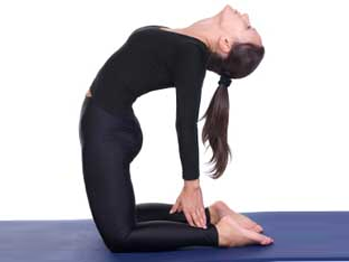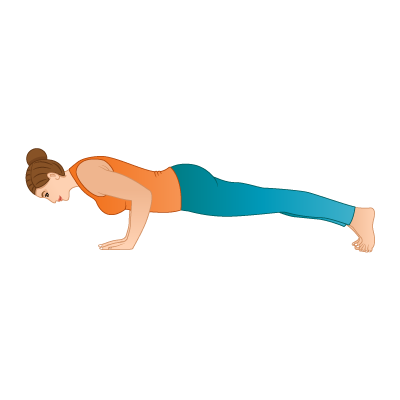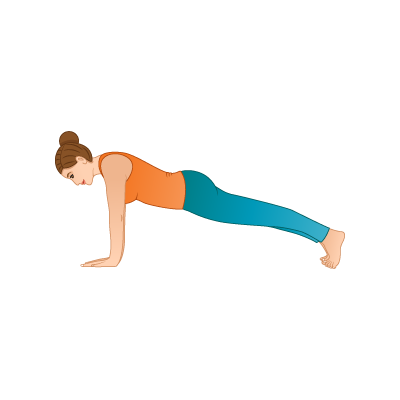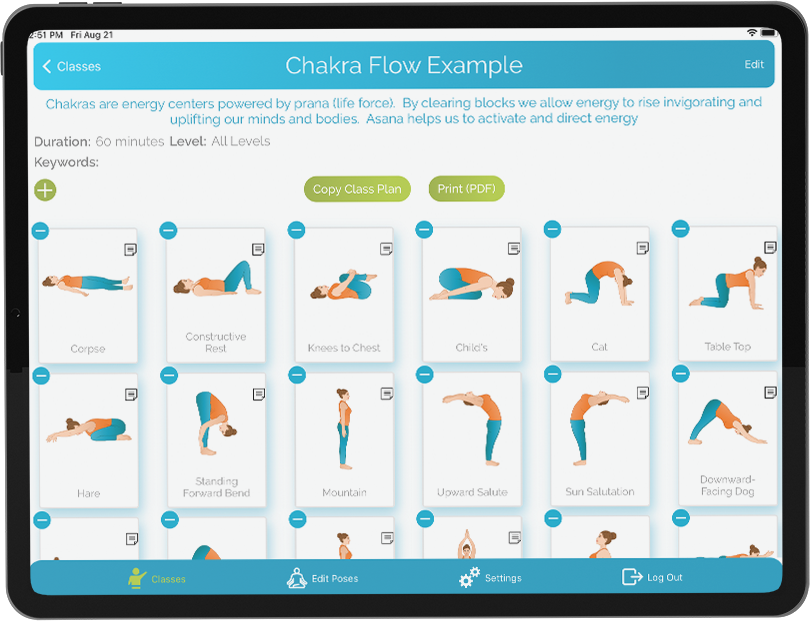Mentoring a New Yoga Teacher
December 5, 2012 | 8 min read
Every day more and more students are graduating from Yoga teacher training programs around the world. Being a green teacher can leave one feeling inadequate and overwhelmed. How can those of us who have been teaching for years be in service and share our practice to help create stronger, safer, more confident teachers?
Mentoring a new yoga teacher is a super way to get involved and share your passion. One of the greatest gifts my teachers offered me was to assist them in their classes. It gave me confidence in my own knowledge and security in not being solely responsible for the students. I learned to see through their eyes, speak through their voice, feel through their hands, and hear through their ears. And now I return the favour to my own students with my own senses and experience.
Mentoring a new yoga teacher is an amazing experience that provides growth for both teacher and student alike, but there are many things to consider before embarking on this journey. The juggle of mentor-apprentice relationship is not always an easy one and there are some important questions to ask yourself first.

Do you have time for your student(s)?
Being available is one of the most important aspects of taking on an apprentice. You might be a great teacher with many gifts to offer a budding teacher but if your schedule is too full to spend time with them, answer questions, and coach them, then it probably isn’t going to work.
It is very helpful to have a regular schedule for working together and defined hours of specific tasks. I.e.: Specific times where your apprentice observes or assists, specific times for one on one work together, questions and theoretical practice.
Do you have clear boundaries?
Working with a like-minded student almost inevitably builds a friendship. In fact, one of my dearest friends once apprenticed with me. It’s no surprise that this happens; you spend hours together on a passion that you both share. This is a wonderful experience but it is imperative that the mentor/apprentice relationship takes precedent, especially when any competition may arise.
I experienced this recently first-hand when it became apparent that my student possessed a greater aptitude for business and marketing than myself. A part of me feared that we would end up competing for students with one and other but I believe that there is always enough to go around and my work as a teacher is really what is important to me. In the end I felt happy and proud that one of my students was so successful in marketing herself and we have remained close.
The concept of boundaries also comes back to the question of time. Having enough time for your apprentice is important but giving away all your time can be just as detrimental. It’s important to make sure you have time to replenish and recharge yourself as well as continue your own learning journey.
Have you asked yourself the hard questions? Have you challenged yourself?
Before taking on an apprentice it’s a good idea to take stock of where you are in your own practice. Your expectation for your student may be quite clear but do you hold yourself to the same expectations? In other words, are you practicing what you preach? It’s not necessary that you have all the answers or are the best at everything, but are you a good role model? Do you recognize where your own weaknesses and strengths are? Do you continue to challenge yourself in your learning journey? Especially as yoga teachers, we must constantly evaluate ourselves and look to deepen the knowledge from within.
Quite a well-known yoga teacher was recently called into question for their actions as a teacher and expectations of their students and a double standard that lay hidden beneath. We are all human, but we must be prepared to look at ourselves, to know ourselves. What else is yoga?
Do you recognize yourself in your student(s)? Testing, testing, ego-check, ego-check, 1, 2, 3…
If you believe that your student(s) are a reflection of you then seeing their struggles and triumphs is a great way to reflect back upon yourself. For example, if a student isn’t ‘getting’ something, is it possible that you are being unclear in your approach? The learning always goes both ways and taking on an apprentice inherently creates growth in the mentor as well. Though it might be tempting to sit on your high cushion and pontificate, taking on an apprentice is more about community and sharing and not so much about having superior knowledge. You may be very surprised by your student(s). Can you get out of their way and give up control to let them shine? Or make mistakes?
Do you have support?
Mentoring a green teacher can be a life-changing experience for both parties. I am ever grateful for my mentors and teachers who have taken me under their wing and I am honoured to emulate their teachings. AND, they will always be my teachers. Even over the years as we have grown to be great friends, I still seek guidance from them. Having a connection to your own teacher or mentor is invaluable as you pass the lineage of knowledge along. Your teachers will understand your struggles and may have insights into impasses along the way.
Once you feel confident that you are ready to go ahead and spread your teachings there are some practicalities to mentoring.
Before Class:
First let your students know that you will have an assistant teacher(s) and introduce them to your students. If you teach drop-in classes you may need to do this each time you teach a class so new students will know why someone is wandering around the room. If your assistant teacher is doing physical adjustments make sure they have permission from the students before hand. Students may feel comfortable with your adjustments but may not be comfortable with someone else’s.
Though you are guiding and teaching the class there may be an opportunity to allow your assistant to jump in for a moment or two to teach a posture. This should be arranged before hand and let the class know when to expect this. But be careful with giving away all the responsibility to your assistant teacher. Your students are there for you and you are there for your students (including your apprentice).
During Class:
Choose your words carefully and make sure there is a purpose to everything you do. Your assistant will be learning from you so it is important to be as thoughtful in your teaching approach as you want them to be. At the same time, you’re not on stage so be natural!
Keep an eye on your assistant’s adjustments and participation. Guide them on where and how to adjust and interact with the students. Make sure you keep the flow of the rest of your class though and avoid getting caught up teaching your assistant while the rest of the class hangs out in Warrior III for five minutes.
After Class and on going:
Give feedback to your apprentice about the class. What did you notice? What could they have done differently? What did they do well? Make a time to discuss other questions or concerns that may have come up in class. Perhaps you meet for a few hours once a week or every other week, perhaps there is daily contact, perhaps the mentorship is more informal. The details are up to you and your apprentice, but be prepared to spend time outside of class coaching them and helping them with their craft.
I believe that once you are a teacher you are always a teacher. Even if the apprenticeship stops and your student(s) have moved on, you have a duty to honour the teachings and time that you shared together. “The teacher who walks in the shadow of the temple, among his followers, gives not of his wisdom but rather of his faith and his lovingness. If he is indeed wise he does not bid you enter the house of his wisdom, but rather leads you to the threshold of your own mind.” Kahlil Gibran
Written by: Meghan Aris
Certified in several disciplines of yoga, a pilates teacher and teacher trainer, Meghan is continually widening her path of body/mind studies. At a young age she began her journey into body movement through dance. After being diagnosed with Rheumatoid Arthritis, she shifted her practice to more rehabilitative yoga. In this discipline she found not only the resources to heal her body, but also a guide to living a life full of peace and joy. She can be found teaching on any given day at Fix Health Care
Posted in Teaching Tips




